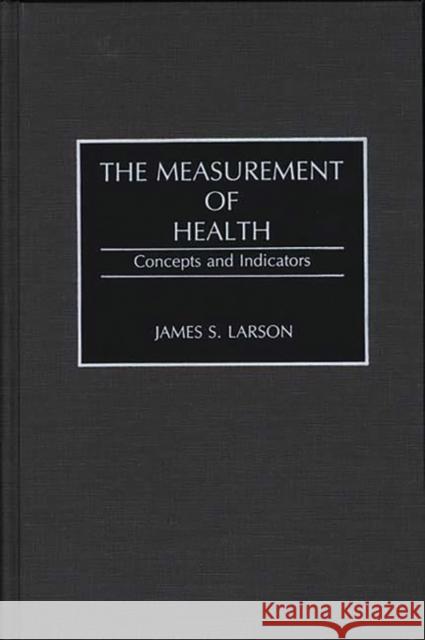The Measurement of Health: Concepts and Indicators » książka
The Measurement of Health: Concepts and Indicators
ISBN-13: 9780313273391 / Angielski / Twarda / 1991 / 192 str.
How can the various indicators of health, available through vital statistics, government publications, private surveys and other sources, be measured? This and other questions are brought to light in James Larson's important study of concepts in the health measurement of individuals and populations. This book is intended to provide a backdrop for future research into determining health care needs, while allowing for more efficient allocation of scarce resources by planners and administrators.
The first chapter defines health by using five models, the two major ones being the medical and the holistic. The medical model is the absence of disease and disability, and the holistic generally defines health as physical, mental, and social well-being. Chapters two and three discuss the statistical measurement of mortality and morbidity (illness or disability) by government and other agencies. International health measurement is the focus of the fourth chapter, which includes descriptions of World Health Organization activities in planning for health impovements worldwide and the lack of accurate health measurement in developing countries. Chapter five discusses United States national health statistics gathering, while chapter six analyzes the less sophisticated vital statistics methodologies used at the state and local levels. In the final chapter, Larson proposes indicators for international, national, state, and local levels, given the best possible data for health measurement. "The Measurement of Health" will be of great value to health statisticians, scholars interested in health policy, students in courses concerning research methods in health, health services administrators, and health proessionals.











